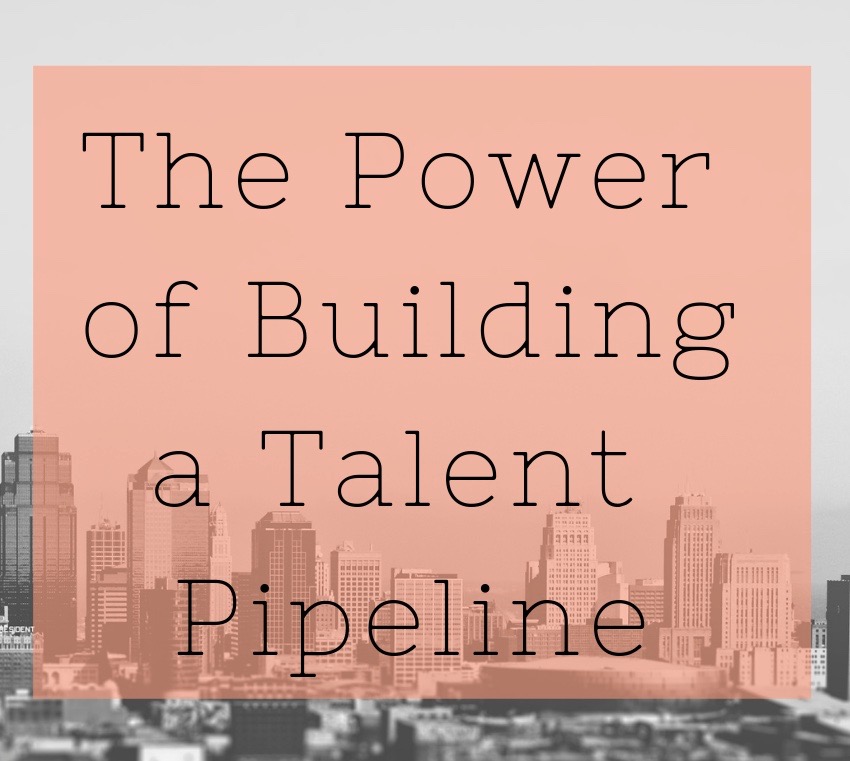Technology has shaped a lot of who we are as a civilization, and for better or for worse, a lot of it isn’t going anywhere. There is no denying the ease of technology that consumes this era—it’s ubiquitous and relied upon, and whether we like it or not, self-driving cars and self-tying shoes are in our future (Marty McFly and Doc Brown would be so proud).
But how does this affect the way we succeed and advance in the workforce? AI is starting to make a big footprint in HR departments. Recruiters and hiring managers are using AI tools to collect, assess, and hire individuals who may fit a certain position. While this can be a time saver, allowing recruiters more time to focus on developing the company culture and values, can we truly rely on robotics and artificial intelligence to gather all of the necessary intel on candidates’ experiences, preferences, and career goals? Can data analytics and algorithms be a comprehensive assessment of where they have been and where they want to go in their career?
LinkedIn found that only about 14% of HR and talent acquisition mangers were afraid that AI was going to replace the need for human recruiters, so the question becomes not whether AI will replace the need for recruiters, but of the two, which will be more efficient?
Before we go further, let’s figure out what an AI tool in recruiting looks like, and to do that we need to first explain what AI is. Artificial Intelligence is designed to learn from the data and information it receives through interactions. From there, it is able to learn on its own and provide suggestions based on past, received knowledge. So, what exactly is an AI recruiting tool? While many of them differ in functionality, they all complete the same objective: collect data on candidates, and make a decision. Some gather data by means of an online assessment, like a pre-interview that candidates can take, and others gather data via a shared network for both the company and the candidate, and then provide recommendations based on the data collected and shared in the network.
· AI is great at collecting data and presenting it on a fundamental level. It can gather the who, what, where, and when of a candidate. But the recruiter brings a unique and intuitive energy that AI and analytics fail to provide. Humans are naturally able to delve deeper, inquire, and answer the questions that candidates have, pretty much immediately. In addition, recruiters can encourage and challenge candidates to develop to their full potential, instead of just checking the boxes and calling it a day.
· Because AI technology does not have the ability to assess and evaluate any given environment, it’s going to be difficult for them to thoroughly screen a candidate… unless, of course, your company created its own AI robot who has a concrete understanding of the corporate industry. While other AI tools can pull information and match job with candidate, only a true recruiter or HR specialist can spell out the nitty gritty of the company culture and sell it. In addition, Artificial Intelligence will never be able to negotiate an offer. With AI, you cannot change its mind. Having a back and forth conversation where two people are able to ping-pong off of one another is indispensable in negotiation. It helps build relationships, and deliver good results that are long-term.
· One of the most concerning issues in AI and recruiting is algorithmic discrimination, or bias. When a company implements an AI recruiting tool, they are responsible for applying and coding their own recruiting policies into their decision-making algorithm. This could lead to biases concerning age, gender, or race. Another potential issue is rejecting candidates because they fail to meet certain requirements. Let’s say that your AI tool screens a candidate with exceptional qualifications. The only problem is that she lacks experience in one particular area. This clear-cut restriction facilitated by software can put perimeters around competent individuals who may not be able to meet all of the requirements, but would work effectively in a different role. In addition, if the software encounters candidates like these more than once, it may respond the same to other candidates, just like your email would for messages it thinks are spam.
· Lastly, HR is all about building professional relationships and that is one skill that Artificial Intelligence will never be able to master. We know how to communicate ideas and we have empathy for job seekers, and this could be the final ruling of whether or not the candidate accepts an offer. Working with a human recruiter builds trust and builds a mutual understanding and compatibility that AI cannot tune in on. Further, using AI tools in recruiting can create a distance between the company and the candidate that simply doesn’t need to be there. Using AI to recruit candidates is black and white. Human recruiters get to see the entire spectrum.
Artificial intelligence might be a useful tool to implement in a larger organization, but it will only ever be a tool. There may be benefits of using certain AI tools in recruiting, but will they outweigh or match the benefits of getting to interact with a professional who will be able to walk the candidate through the position step-by-step and explain what might be expected from them, as an employee? Technology is a huge asset to how we operate in our daily lives, but unfortunately, it will never be able to have real, honest empathy for its users. If you choose to implement AI in recruiting in your recruiting technique, make sure to balance it out with one-on-one meetings with candidates or taking the time to truly invest in their goals!



